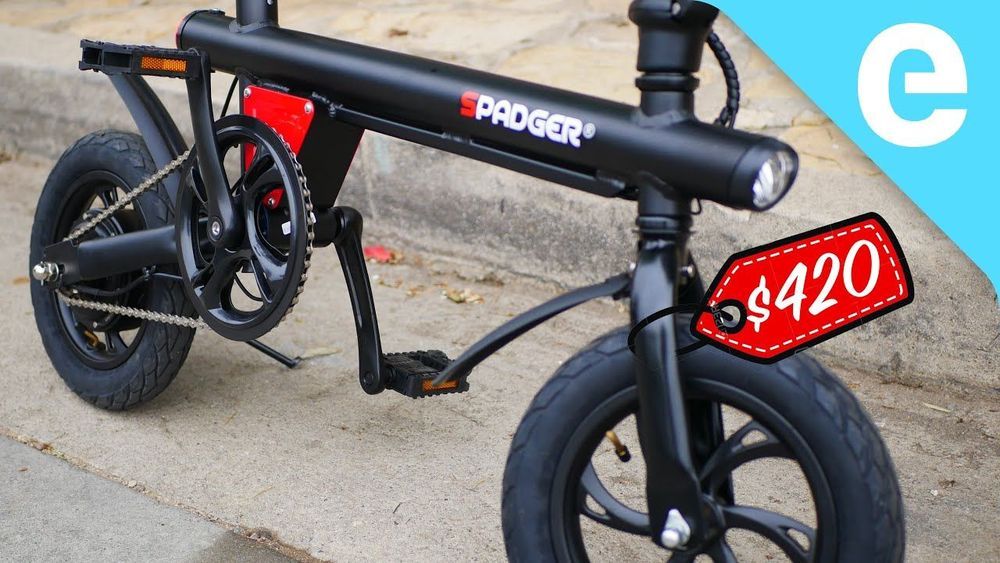May 8, 2020
Space technology: trees at the root of living spaceships
Posted by Quinn Sena in category: space travel
Circa 2016
Engineers are investigating whether living cells could be used to grow individual components of a ’bioship’
Circa 2016
Engineers are investigating whether living cells could be used to grow individual components of a ’bioship’
In 2033, people can be “uploaded” into virtual reality hotels run by 6 tech firms. Cash-strapped Nora lives in Brooklyn and works customer service for the luxurious “Lakeview” digital afterlife. When L.A. party-boy/coder Nathan’s self-driving car crashes, his high-maintenance girlfriend uploads him permanently into Nora’s VR world. Upload is created by Greg Daniels (The Office).
face_with_colon_three could heal body parts in humans.
The generation of human induced pluripotent stem cells (iPSCs) from somatic cells using gene transfer opens new areas for precision medicine with personalized cell therapy and encourages the discovery of essential platforms for targeted drug development. iPSCs retain the genome of the donor, may regenerate indefinitely, and undergo differentiation into virtually any cell type of interest using a range of published protocols. There has been enormous interest among researchers regarding the application of iPSC technology to regenerative medicine and human disease modeling, in particular, modeling of neurologic diseases using patient-specific iPSCs. For instance, Parkinson’s disease, Alzheimer’s disease, and spinal cord injuries may be treated with iPSC therapy or replacement tissues obtained from iPSCs. In this review, we discuss the work so far on generation and characterization of iPSCs and focus on recent advances in the use of human iPSCs in clinical setting.
Stem cells exhibit the capacity of self-renewal and may undergo differentiation into various tissue types. These are divided into pluripotent stem cells (PSCs; embryonic stem cells [ESCs] and induced pluripotent stem cells [iPSCs]) and multipotent stem cells (adult stem cells [ASCs]) based on their differentiation capacity [45]. PSCs, including ESCs derived from embryos and iPSCs derived by gene transfer, may undergo indefinite proliferation and differentiate into different types of tissues depending on the treatment conditions [86]. Multipotent stem cells, however, may be obtained from tissue-derived precursors (umbilical cord blood, bone marrow, adipose tissue, placenta, or blood), which are already grown tissues.

Tesla has patented a new battery cell with a tabless electrode that Elon Musk hypes as “way more important than it sounds.”
In the new patent application published today, Tesla explains constraints with current battery cells:
The facility, which serves as a solar thermal power generation demonstration project, has exceeded the amount of power it was originally planned to produce.
CRISPR technology can quickly find and lock onto genetic sequences, like the one in the coronavirus. The test from Sherlock Biosciences uses that system to identify the virus in a patient sample.
Circa 2010 o.o
Futurists have long dreamed of making copies of themselves that will live forever – now researchers are working out how to do it for real.
Traumatic brain injury (TBI) is an important cause of human mortality and morbidity, which can induce serious neurological damage. At present, clinical treatments for neurological dysfunction after TBI include hyperbaric oxygen, brain stimulation and behavioral therapy, but the therapeutic effect is not satisfactory. Recent studies have found that exogenous stem cells can migrate to damaged brain tissue, then participate in the repair of damaged brain tissue by further differentiation to replace damaged cells, while releasing anti-inflammatory factors and growth factors, thereby significantly improving neurological function. This article will mainly review the effects, deficiencies and related mechanisms of different types of stem cells in TBI.
Traumatic brain injury (TBI) is a common and frequently occurring disease. According to the World Health Organization, TBI will become the main cause of human mortality and morbidity after 2020, which brings a heavy economic burden to patients and families (Maas et al., 2017). TBI is a disease which causes the destruction of normal brain function, and leads to serious physical, cognitive and emotional disorders. The pathophysiology of TBI mainly includes the break of the blood brain barrier (BBB), extensive neuroinflammation, diffuse axonal injury, and neurodegenerative lesions (Xiong et al., 2008). The pathological changes of brain injury are mainly the loss of normal tissue structure, destruction of neuronal cells and internal environment disturbance, among which neuronal cells injury is the key point. There is no effective drug treatment so far.
Wireless charging is already a thing (in smartphones, for example), but scientists are working on the next level of this technology that could deliver power over greater distances and to moving objects, such as cars.
Imagine cruising down the road while your electric vehicle gets charged, or having a robot that doesn’t lose battery life while it moves around a factory floor. That’s the sort of potential behind the newly developed technology from a team at Stanford University.
If you’re a long-time ScienceAlert reader, you may remember the same researchers first debuted the technology back in 2017. Now it’s been made more efficient, more powerful, and more practical – so it can hopefully soon be moved out of the lab.
Inducing human pluripotent cells.
Scientific Reports volume 10, Article number: 7752 (2020) Cite this article.
